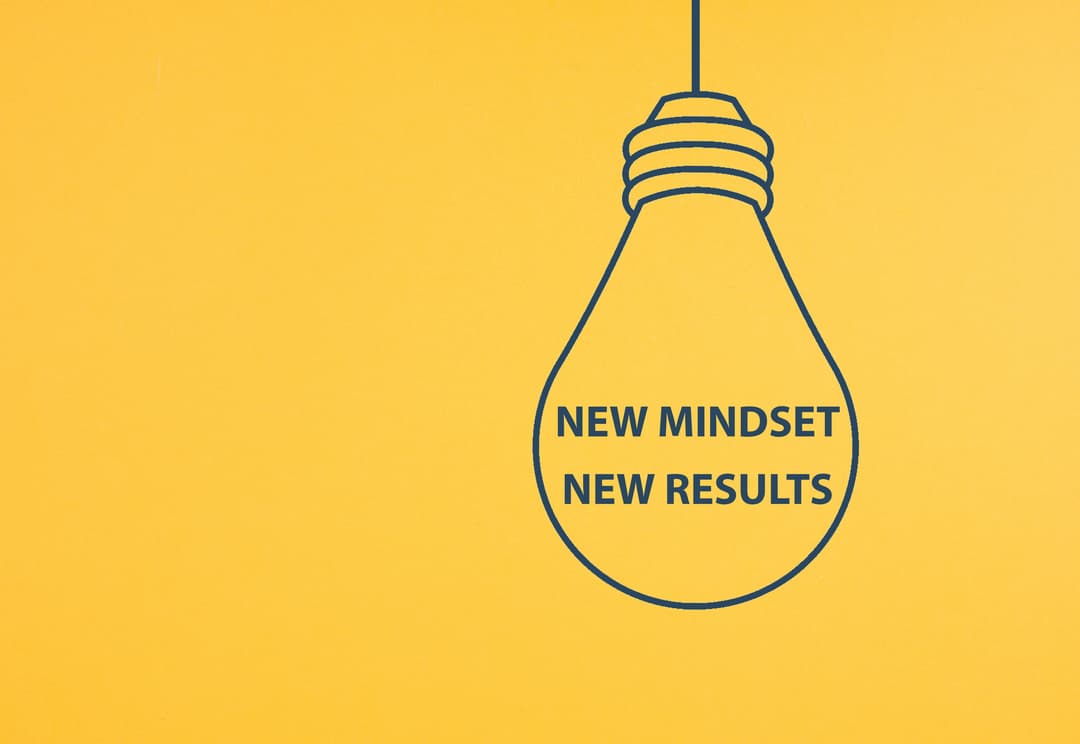
EDUCAUSE recently reached out to three corporate members in the Enterprise IT Program—Deloitte, Jenzabar, and Oracle—to gather expert insights into how institutions might better view administrative systems data as a strategic asset and improve their institution's ability to make information-based decisions.
We were honored to be part of the roundup with two powerhouse companies. Our own Meghan Turjanica, Jenzabar's Product Manager of Analytics and Student Success Solutions, shined in the interview, providing great practical advice and discussing the fundamental building blocks of a maturing analytics program.
Here are some highlights. Click here to read the original article.
How can institutions best demonstrate the value of analytics to answer important institutional questions so that they can make better information-based decisions and better align their efforts with institutional strategies, goals, and objectives?
Institutions must place more emphasis on talking about what was learned, openly sharing what was successful, and reinforcing that any negative findings are an opportunity to make improvements. Finding something that isn't working is not failure; it's an opportunity to do better. Institutions cannot improve without first knowing their true reality—and that takes analytics.
Meghan Turjanica
With the increasing need to integrate data, systems, and processes from a multitude of environments, higher ed institutions and solution providers need to collaborate effectively throughout the process of technology discovery, implementation, and continued support. What makes a great collaboration?
Building trust is obviously a complicated calculus, but successful collaborations do have particular hallmarks. Universities should focus on three provider capabilities. First, find solution providers that can build institutional capacity and enhance existing capabilities rather than replace them with a ‘black box’…Second, seek providers that understand what it takes to succeed across the analysis-action-impact value chain…Finally, look for providers with broad experience in higher education.
Peter Fritz
Senior Manager of Higher Education
Deloitte Consulting
Many institutions now have upwards of sixty different on-campus software solutions that collect and maintain data…A key element to improving collaboration on all sides of the table is data governance. Having industry-standard definitions for data that can be used and shared across platforms is essential.
Meghan Turjanica
What key communication elements or approaches make cross-institutional communication successful?
Leading organizations make analytics fun, agile, and outcome-based. Analytics is a team sport, and it requires many unique skills and coaches.
Rich Clayton
Vice President of Analytics Product Management
Oracle
There are several key elements that make cross-institutional communication successful. First, begin with a project sponsor who has authority. Second, get project sponsorship from members of various departments. Third, provide frequent communication about what has been learned, what will be researched, and any benefits garnered. Finally, be an advocate for this process.
Meghan Turjanica
What additional recommendations or advice do you have for institutions working to increase their analytics maturity?
It can be difficult to get support from across an institution. Often there is a perception that it will be a herculean effort or that departments will lose control over 'their' data. There is also a fear that findings may adversely impact individuals. Rather than focusing on the obstacles, teams should concentrate on the benefits and how much easier analytics has become over the past couple of years…Cloud efficiencies have revolutionized the ability for even small institutions to get a big impact from their data. No longer does everything have to be on-premises and managed by in-house resources.
Meghan Turjanica




